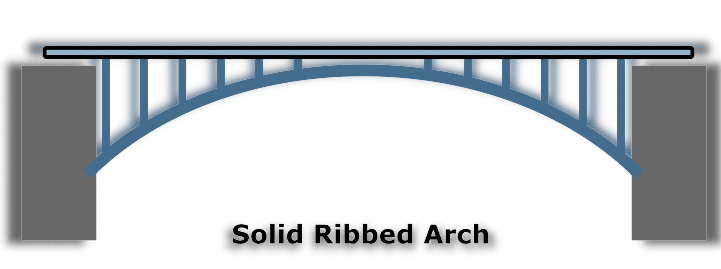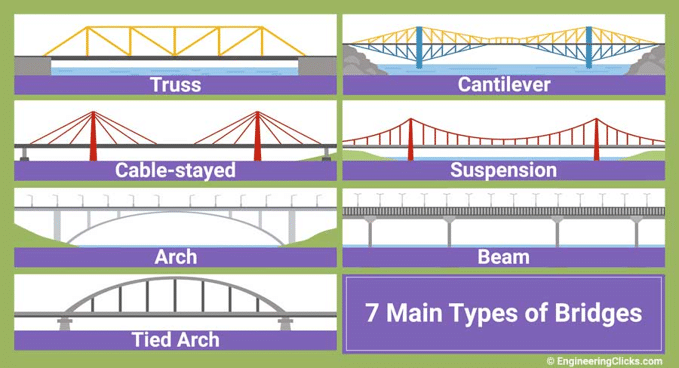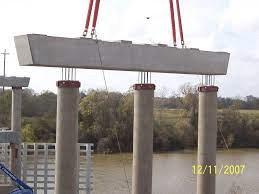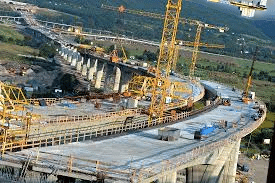Bridging Tomorrow: The Art of Bridge Works
Bridges, those majestic structures spanning rivers and gorges, aren’t just pathways; they’re the silent architects of connectivity, progress, and artistry. In this exploration of “Bridge Works,” we embark on a journey through history, innovation, and the captivating world where engineering meets aesthetics.
Evolution of Bridge Works

Historical Overview
Imagine ancient civilizations crafting makeshift bridges from logs and vines. From these humble beginnings, bridge works have evolved into the sophisticated structures we marvel at today. Each era brought new materials and techniques, shaping bridges into symbols of human ingenuity.
Technological Advancements
The transformation of bridge materials from wood to steel and concrete has revolutionized construction. Today, engineers leverage cutting-edge technology, employing drones for surveys and computer simulations for design precision. These technological strides propel bridge works into an era of limitless possibilities.
Types of Bridges

Arch Bridges
Behold the arch, a timeless design combining strength and elegance. Arch bridges, with their gracefully curved profiles, stand as testaments to the marriage of form and function.
Suspension Bridges
Enter the realm of suspension bridges, where soaring towers and cables create breathtaking spans. The Golden Gate Bridge is not just a feat of engineering but a visual masterpiece, seamlessly blending nature and design.
Beam Bridges
Simple yet essential, beam bridges showcase the beauty of simplicity. Often overshadowed by their more complex counterparts, these bridges are the workhorses of connectivity, embodying the essence of practical design.
Cable-stayed Bridges
Picture a convergence of cables supporting a road – cable-stayed bridges offer a harmonious blend of strength and modern aesthetics. Their unique designs add a touch of sophistication to the engineering landscape.
Importance in Infrastructure
Connecting Communities
Bridges transcend their physical role, fostering connections between communities. They become symbols of unity, linking people on both sides and promoting cultural exchange.
Enhancing Trade and Transportation
Beyond connectivity, bridges facilitate trade and movement. They stand as economic gateways, reducing travel times and expanding opportunities for commerce.
Economic Impact
Investments in bridge works ripple through economies. Job creation, enhanced transportation, and the development of surrounding areas showcase the economic impact of these monumental structures.
Engineering Marvels
Iconic Bridge Structures
From the majesty of the Sydney Harbour Bridge to the engineering brilliance of the Akashi Kaikyō Bridge in Japan, iconic structures captivate the world. These bridges aren’t just functional; they’re poetry in steel and concrete.
Innovative Designs
Engineers, fueled by creativity, continually push boundaries. The Millau Viaduct in France, with its ethereal design, stands as a testament to the marriage of engineering innovation and artistic expression.
Challenges in Bridge Works

Environmental Considerations
As we construct bridges, environmental responsibility is paramount. Environmental impact assessments guide the process, ensuring sustainability in the face of progress.
Safety Measures
The collapse of historical bridges like the Tacoma Narrows serves as a stark reminder of the importance of rigorous safety measures. Modern bridge works prioritize structural integrity and safety protocols.
Future Trends
Sustainable Bridge Designs
The future is green. Sustainable designs using eco-friendly materials and energy-efficient technologies pave the way for environmentally responsible bridge works.
Integration of Technology
Smart bridges equipped with sensors and data analytics redefine the landscape. The integration of technology enhances safety, efficiency, and overall bridge performance.
Case Studies
Notable Bridge Projects
From the daring feat of the Danyang–Kunshan Grand Bridge in China to the artistic brilliance of the Gateshead Millennium Bridge in the UK, each project tells a unique story of triumph and innovation.
Success Stories
Behind every bridge is a success story, a narrative of collaboration, innovation, and the collective effort of engineers, architects, and builders.
The Artistic Aspect
Aesthetics in Bridge Design
Bridges aren’t just structures; they’re works of art. Aesthetic considerations drive design, ensuring that bridges complement their surroundings and become integral parts of the landscapes they adorn.
Blending Functionality with Beauty
The most captivating bridges seamlessly integrate functionality with beauty. They become landmarks, contributing not just to connectivity but also to the visual poetry of our cities.
Career in Bridge Engineering
Educational Paths
For aspiring bridge engineers, diverse educational paths await – civil engineering, structural engineering, and architectural engineering open doors to a rewarding career.
Job Opportunities
The demand for skilled bridge engineers is on the rise. Job opportunities abound in design firms, construction companies, and governmental agencies overseeing infrastructure projects.
Bridge Works Around the World

Global Impact
Bridges, as universal symbols, transcend borders, impacting cultures and shaping the skylines of cities worldwide.
Cross-cultural Designs
Each bridge reflects the cultural identity of its region, incorporating design elements influenced by local traditions, history, and aesthetics.
Bridge Works and Urban Development
Impact on Cityscapes
Bridges play pivotal roles in urban planning, influencing cityscapes and contributing to the unique character of metropolises.
Urban Planning Considerations
City planners collaborate with bridge engineers, considering both functionality and visual harmony to create cityscapes that balance progress and aesthetics.
Sustainable Practices
Green Bridge Initiatives
The rise of green bridge initiatives emphasizes responsible construction practices. Incorporating eco-friendly materials and minimizing ecological disruption is central to sustainable bridge works.
Environmental Conservation
Bridges can coexist harmoniously with nature. Conservation efforts during construction aim to minimize ecological disruption, preserving the delicate balance of our ecosystems.
Conclusion
As we bridge tomorrow, we celebrate not just the physical connections between lands but the artistry, innovation, and engineering prowess that define bridge works. Sustainable practices, innovative designs, and global collaborations are the keystones shaping the future of bridges.
Read Also:
FAQs
How are bridges constructed?
Bridges undergo meticulous planning, design, and construction, utilizing a variety of materials and engineering techniques.
What makes a bridge aesthetically pleasing?
Aesthetics involve a careful balance of form, symmetry, and integration with the environment, creating visually appealing and harmonious structures.
Are there any famous bridge disasters?
Yes, historical incidents like the collapse of the Tacoma Narrows Bridge highlight the importance of thorough engineering and safety measures.
How does bridge engineering contribute to sustainability?
Sustainable practices in bridge engineering involve using eco-friendly materials, minimizing environmental impact, and considering long-term ecological implications.
What are the future trends in bridge design?
Future trends include sustainable designs, integration of smart technologies, and a heightened focus on aesthetics aligned with environmental consciousness.
Read Also:
The Force of CIDR: A Major Justification behind Its Significance in Current System administration
